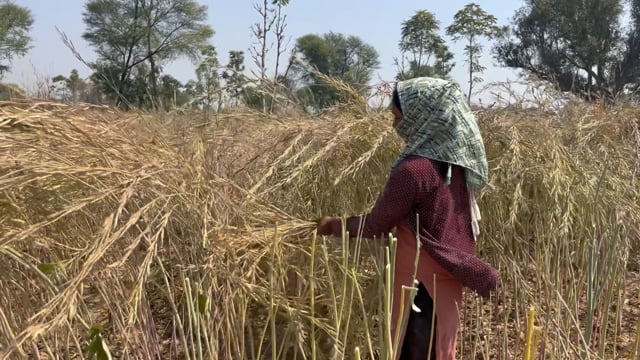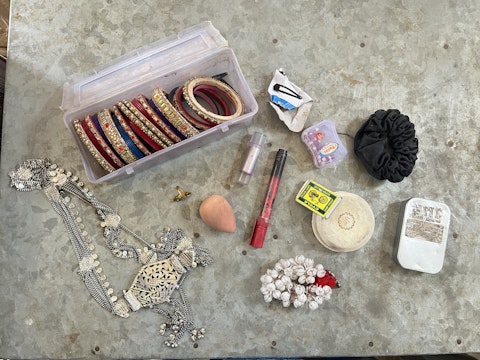From Man to Woman
Crossdressing in the Meena Community in Rajasthan has a history that is both liberating and oppressive
Crossdressing in the Meena Community in Rajasthan has a history that is both liberating and oppressive
Dance and music has always been a big part of the festivities of the Meenas and it is believed that several generations ago, the women danced wildly and freely at these festivities. As times changed and after the British colonial era, patriarchy took a stronghold in the communities, there was an informal propaganda that banned the women from dancing in front of the men of their community and slowly the attendance of women in these events slowly dwindled. However the absence of femininity left a big gap in these celebrations and soon enough the space was created for men to dress up and perform as women.
For the queer men in the community, adopting their queerness in their daily everyday life was almost impossible, and it still is today. But, as the practice of crossdressing started, it gave them the space and acceptance to be themselves, albeit only for a few hours.
Now, in our times, crossdressing dance is slowly becoming a respectable profession for any man to practise, and we find even men who don’t identify themselves as queer look into cross dancing as a legitimate career. Dancer Nisha, who we see in the video, started dancing as a crossdresser because it seemed like a lucrative career. He says it felt a little uncomfortable, at first, to dress like a woman but soon it became normal and he followed it like any other tradition that is followed by the community. If he finds another well paying job, he might leave crossdressing, but for now he is very happy to be in it and says that he likes that the dancers are treated with a lot of dignity.
Events like the overnight dangals, make arrangements for their stay and safety, and they are treated and protected just as women would be. Some of the cross dressing dancers also boast of a big fan base and are invited by far off villages and hoards of people gather to see them. We can also now see the beginnings of a lineage in this art form, as the older dancers take younger dancers under their wings and train them in the art of transformation - Nisha has been taught everything by Chaina Meena. The dance, however, is still largely done by feel, each dancer bringing in their element and their personality into their performance.
Even with all that, queerness as a topic is not something that can be freely spoken about in this community. Most young adults don’t even have the agency to choose their own partners, their families decide who and when they marry.
So for someone like Ghamandi Meena, who says he feels like a woman for half of the month and a man for the other half, the space to be able to transform himself into a woman is a gift. For him, it’s more than an income source, it’s a practice close to his heart, it's a way to tell his story. Donning the attire of a woman is not just a physical transformation for him, it’s also an emotional one. He never wants to stop dancing and says he will do it till his body supports him. For him, practising his dance is linked to embracing his queer identity and he wants to leave her mark on the world, as Dancer Chaina Meena.











